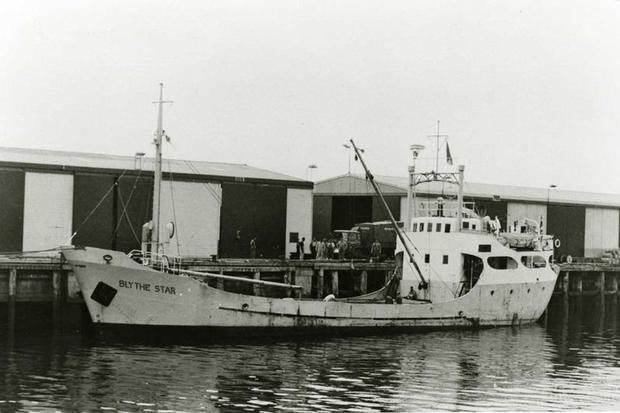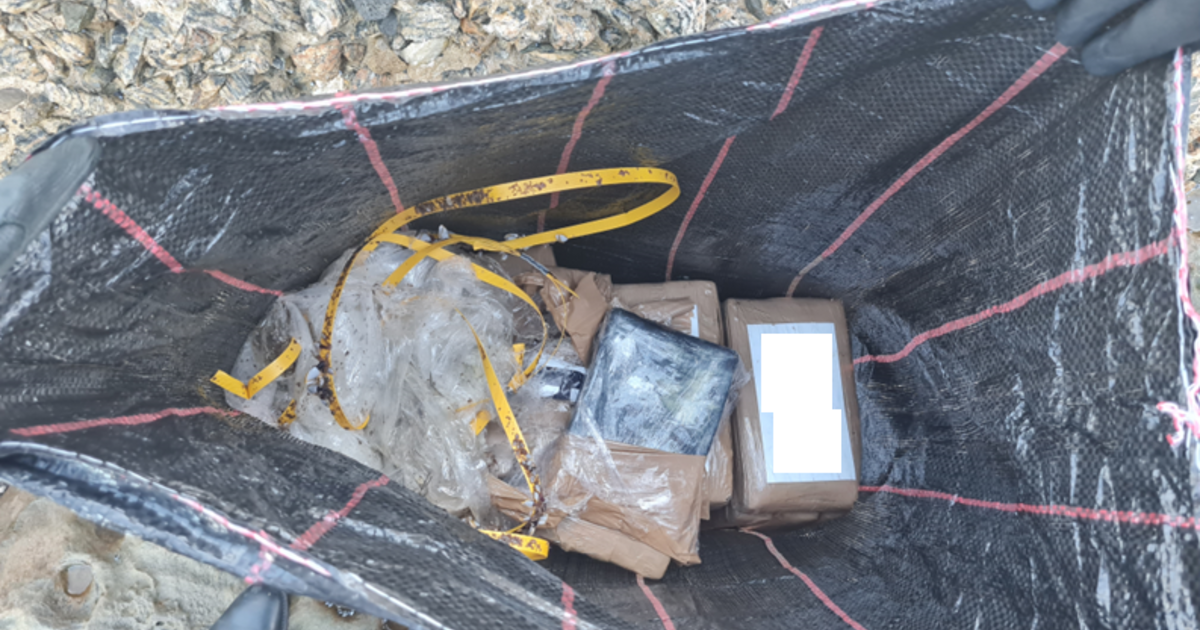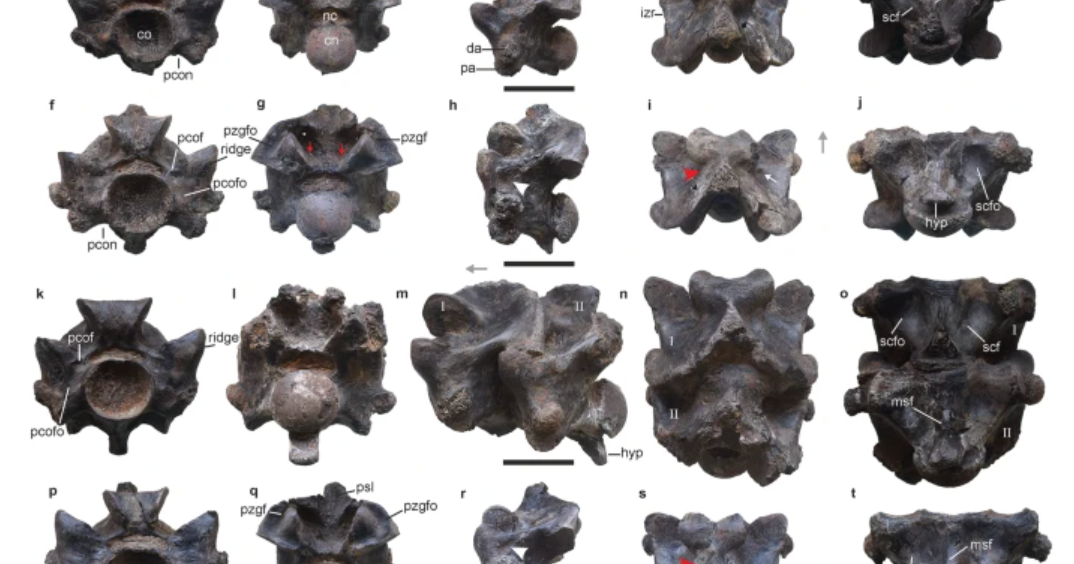Discovery of shipwreck off the coast of Australia solves 50-year-old maritime mystery
Australian researchers have found the wreck of a coastal freighter that sank half a century ago.
The ship, named the MV Blythe Star, departed Hobart, a coastal city in Tasmania, one of Australia's island states, on Oct. 12, 1973. The next morning, the ship took on water and listed before suddenly sinking, said the Commonwealth Scientific and Industrial Research Organisation, an Australian government research agency, in a news release announcing the discovery.
The ship was never recovered, even as Australia conducted the largest maritime hunt in the country at the time. The search was called off after seven days.
There were 10 crew members aboard. All escaped from the ship before it sank, but three died before rescuers found the crew two weeks after the sinking. The crew members were able to land their raft on a small beach on the Tasmanian coast, and on Oct. 24, the crew members were able to finally find help. According to CISRO, the first words those crew members were told by the first person they saw were "Nah, you're all dead."
Even after the crew members were found, there was no information about where the ship could have sunk. On Apr. 12, a research vessel named the Investigator was studying a massive underwater landslide off the west coast of Tasmania. CISRO said the Investigator was also conducting a "piggyback" project to investigate an unidentified shipwreck in the area, which had been located with fishing vessels and previous seafloor surveys.
The Investigator's research team began by mapping the shipwreck with multibeam echosounders, which are sonars that use sound waves to map seabeds. There was also a visual inspection of the wreck using underwater camera systems. The seafloor mapping showed that the shipwreck matched the dimensions and profile of the MV Blythe Star. Distinctive features were used to confirm the ship was the MV Blythe Star, and part of the ship's name was visible.
When the ship was found, it was under 150 meters or about 500 feet of water. The bow is pointed towards the northeast, and the wreck was found in "relatively good condition," with minimal growths of algae and seaweed, though sea life was found living in the ship. The underwater cameras saw fish, crayfish and even several fur seals inside the vessel.
Even though the wreck was found, it's still not clear why the ship began to take on water before sinking. Further research will hopefully find an answer, CISRO said.
"The MV Blythe Star was lost at sea less than a lifetime ago. Confirming its resting place holds an important meaning for many in the community," CSIRO said in the news release. "We are pleased to be able to assist in providing closure to this 50-year mystery and confirm the final resting place of the MV Blythe Star."
The 50th anniversary of the sinking will be commemorated in Australia this October.






